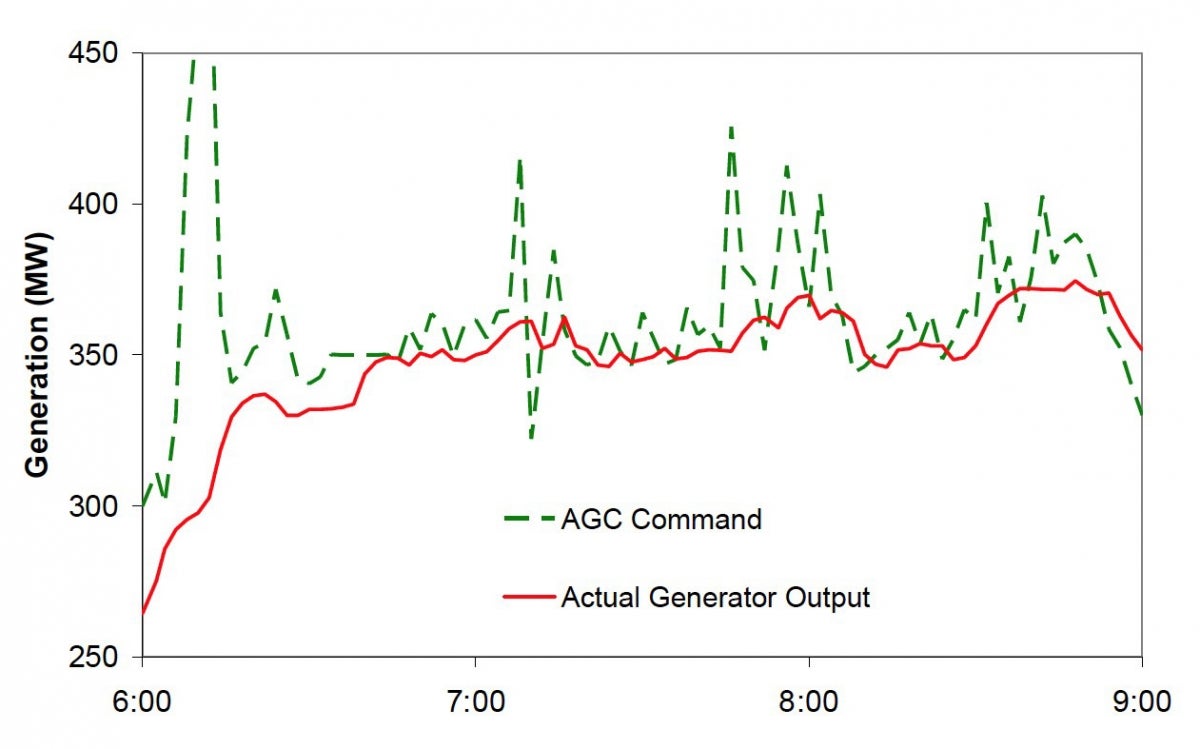
Details Matter on Energy Storage Policy in PJM
Will the growing share of renewables – which have created jobs and cut emissions – threaten power grid stability?
Intermittent renewable sources, such as wind and solar, are both variable (i.e. outputs vary across hours and seasons) and uncertain (i.e. you cannot perfectly predict this variation). As the public demands cleaner energy from renewables, how can they avoid risking the lights going off? Energy storage resources (e.g. batteries and flywheels), along with carefully designed market policies to integrate them for grid balancing, form an important part of the solution.
Following technology and cost improvements, energy storage started to provide grid balancing services in the competitive wholesale market of PJM Interconnection (PJM) – the grid operator serving 13 Mid-Atlantic states and D.C. However, certain changes to PJM’s market rules have reduced energy storage growth prospects. For those interested in a more renewable energy future, you should be paying attention.
Long before wind and solar energy’s growth, power grids have needed to handle both variability and uncertainty. For example, a large energy customer (e.g. manufacturer) may suddenly need more power, or a power plant’s output may unexpectedly change. Grid operators use “frequency regulation” as a tool to balance such unexpected supply-demand mismatches that occur on short timescales (seconds to minutes).
The advantage of using energy storage technologies for frequency regulation is their much faster ramp rates. This means energy storage resources can more quickly release or absorb energy, compared to conventional generators (e.g. coal or natural gas-fired power plants) that historically have provided frequency regulation.
Figures 1 and 2 illustrate that, compared to a coal plant, a battery is able to offer much more rapid and accurate response to the grid-balancing control signal.


On the other hand, a major drawback to using energy storage resources is their finite energy capacity. They can only absorb energy until becoming saturated, or release energy until depletion. In contrast, conventional generators can continue to produce energy as long as fuel is available, adjusting their output up or down as needed.
In 2012, PJM Interconnection created separate fast and slow frequency regulation signals, in order to unlock the benefits of fast resources like batteries. The fast signal allowed specialization by energy storage resources, while enabling them to recharge or discharge without exceeding their energy capacities. However, this fast signal ended up sometimes moving against actual system needs, e.g. batteries sometimes needed to charge (i.e. take power from the grid) at the exact times the grid needed them to discharge (i.e. provide power to the grid).
To fix this issue and maintain reliability at least cost, PJM recently introduced updates to its frequency regulation market. These changes were met with controversy as energy storage operators and companies filed complaints against PJM, objecting to the rule changes, at the Federal Energy Regulatory Commission (FERC). These storage operators lost regulation market share and received reduced revenues, while new investment in energy storage decreased in PJM.
My report for the Kleinman Center, entitled “Energy Storage in PJM: Exploring Frequency Regulation Market Transformation” provides more technical information and analysis about PJM’s frequency regulation system, and examines the impact of the recent market policy adjustments.
Ultimately, a more streamlined frequency regulation system empowers a more reliable grid with the flexibility to support a changing energy generation mix.
Thomas Lee
Research AssistantThomas Lee is a graduate of the Jerome Fisher Program in Management and Technology, where he obtained dual degrees in economics and computer science, and an M.S.E. in electrical engineering. He was a research assistant at the Kleinman Center.

